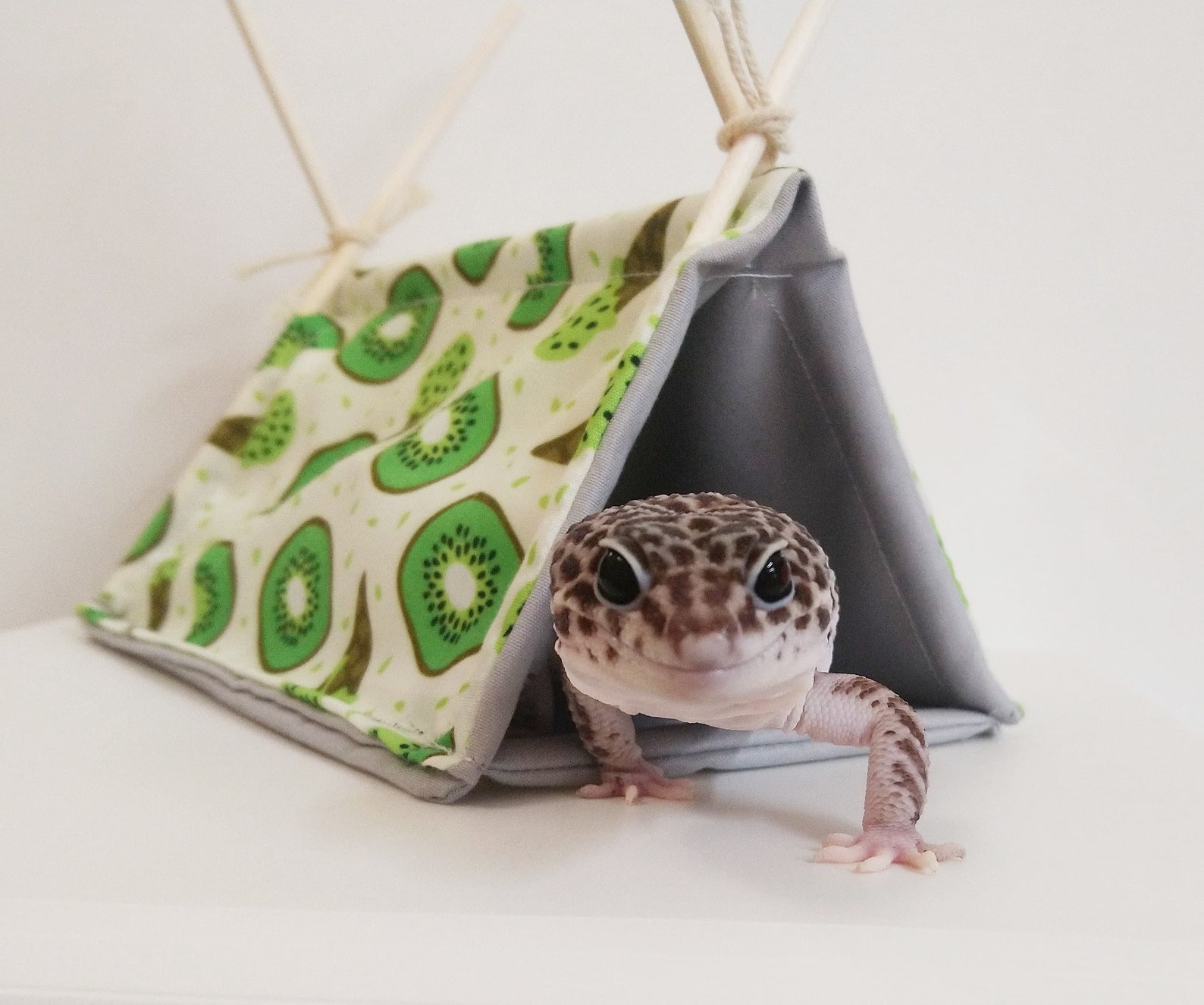

Wooden tanks are prone to being damaged by wear and tear from water and heat.įinally, these habitats are difficult to clean and are prone to absorbing water. They are also not as practical when compared with glass tanks. Unfortunately wooden enclosures are difficult to find and do not make practical Leopard Gecko habitats. Wooden enclosures are a good option for owners that want a beautiful leopard gecko habitat. A high-quality glass tank will cost $100 to $200. The only disadvantage of a glass leopard gecko habitat is its high price. You can either buy a 20-gallon aquarium tank ( with a matching mesh top) or a reptile tank with doors that open on the side. Glass enclosures are generally lightweight so they are easy to move when cleaning or re-organizing the tank. They also have transparent sides which makes it great for viewing your pet.Īn advantage of glass tanks is the ability to stick thermometers, fake plants and other decorations on the glass walls. Glass tanks are very easy to clean and they maintain humidity levels well. However, wood is a possible fire hazard and can be difficult for beginners to maintain humidity levels. You can use wood if you really like the appearance.


Glass Leopard Gecko enclosures are more popular and easier to find in a variety of sizes. The best material for a terrarium is glass. There are four types of leopard gecko tanks you can house your Gecko in: Best Leopard Gecko’s Habitat Setup Types of Leopard Gecko Tanks.What Size Tank Should I Get For A Leopard Gecko?.However, you could invest in a 20-gallon tank for your leopard gecko’s enclosure from the start just to save time and money. Some owners chose to house babies in 10-gallon tanks and then purchase a larger terrarium after the first year. In general, each adult gecko needs at least 20 gallons of space to thrive.Īnything less than a 20-gallon is generally too small to fit a food bowl, water bowl, decorations and hides. Baby leopard geckos aged 0 to 2 months need a tank of at least 10 gallons. The optimal tank size for one leopard gecko depends on its age. The most important factor to consider for your leopard gecko setup is tank size. You may have to make a few visits to your local pet store, but it will be worth it if you want to raise pet reptiles properly. While you may not live where leopard geckos originate, you can simulate a gecko habitat in your own home. Geckos, especially leopard geckos, live in semi-desert areas and the arid grasslands of places like Iran. If you want to own pet reptiles, whether it’s a leopard gecko or other lizards, you need to familiarize yourself with the creature’s natural environment.
#Leopard gecko hides diy how to#
This guide will teach you everything you need to know about how to set up the best Leopard Gecko habitat so your Leo can live a long and healthy life! The most important factors when setting up a leopard gecko’s enclosure are tank temperature gradient, hides and substrate. In the wild a Leopard Gecko habitat is more rocky terrain and less desert. Reptile enthusiasts find them fun and easy to care for, especially since their native habitat is fairly simple to recreate.Ī common misconception is Leopard Gecko should have sand in their habitat. Wild Leopard Geckos come from the hot and rocky desert scrubs of southwestern Asia.


 0 kommentar(er)
0 kommentar(er)
